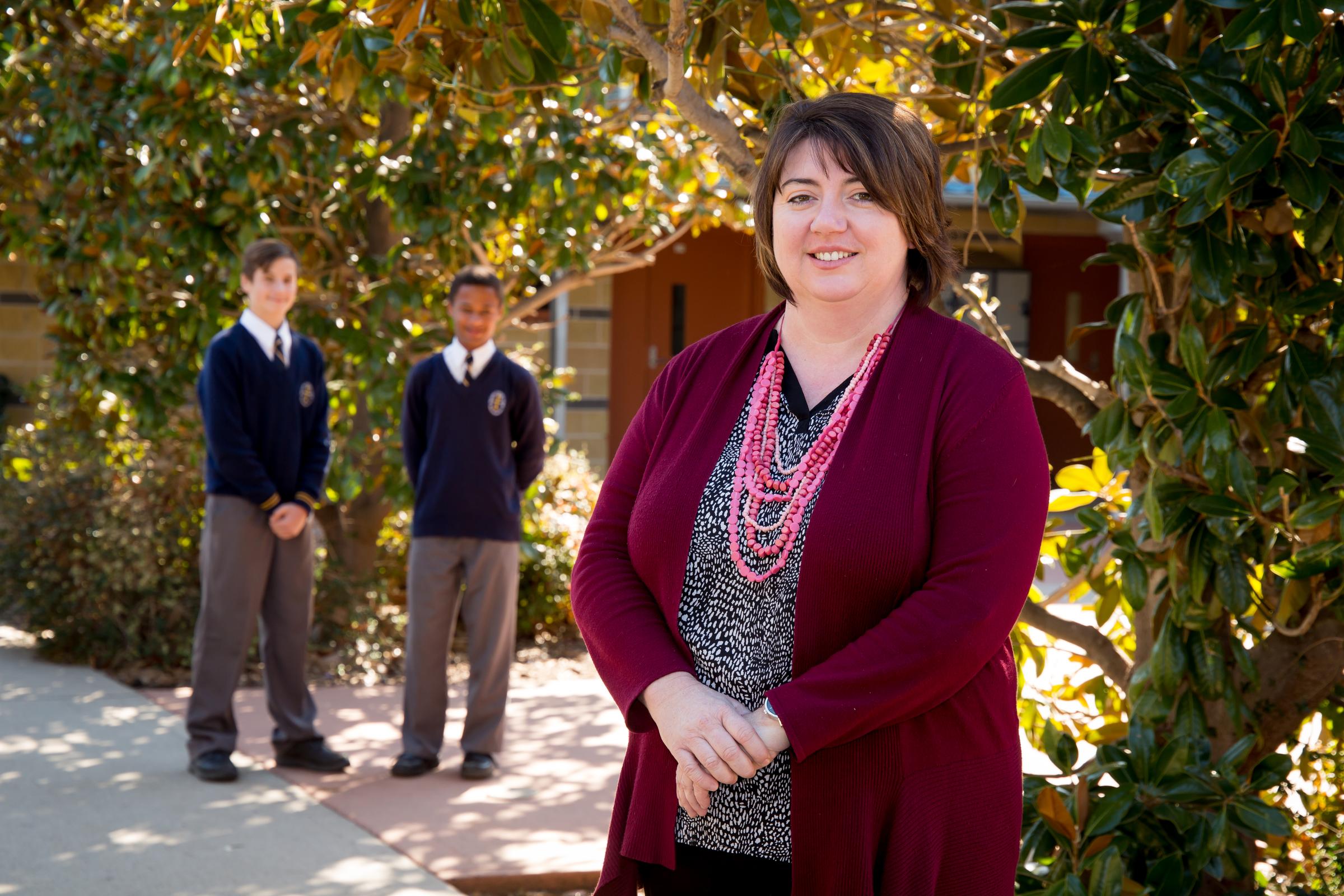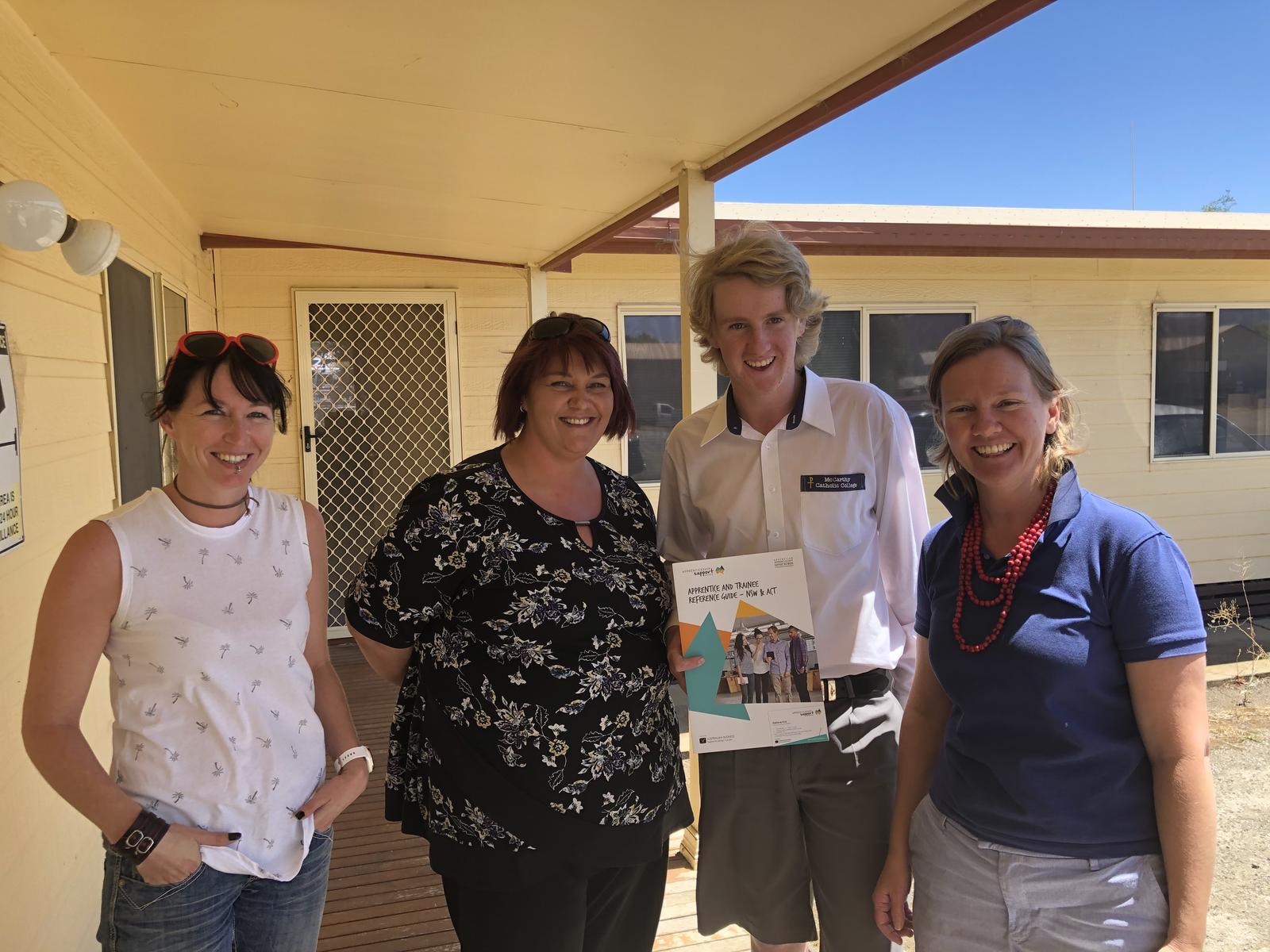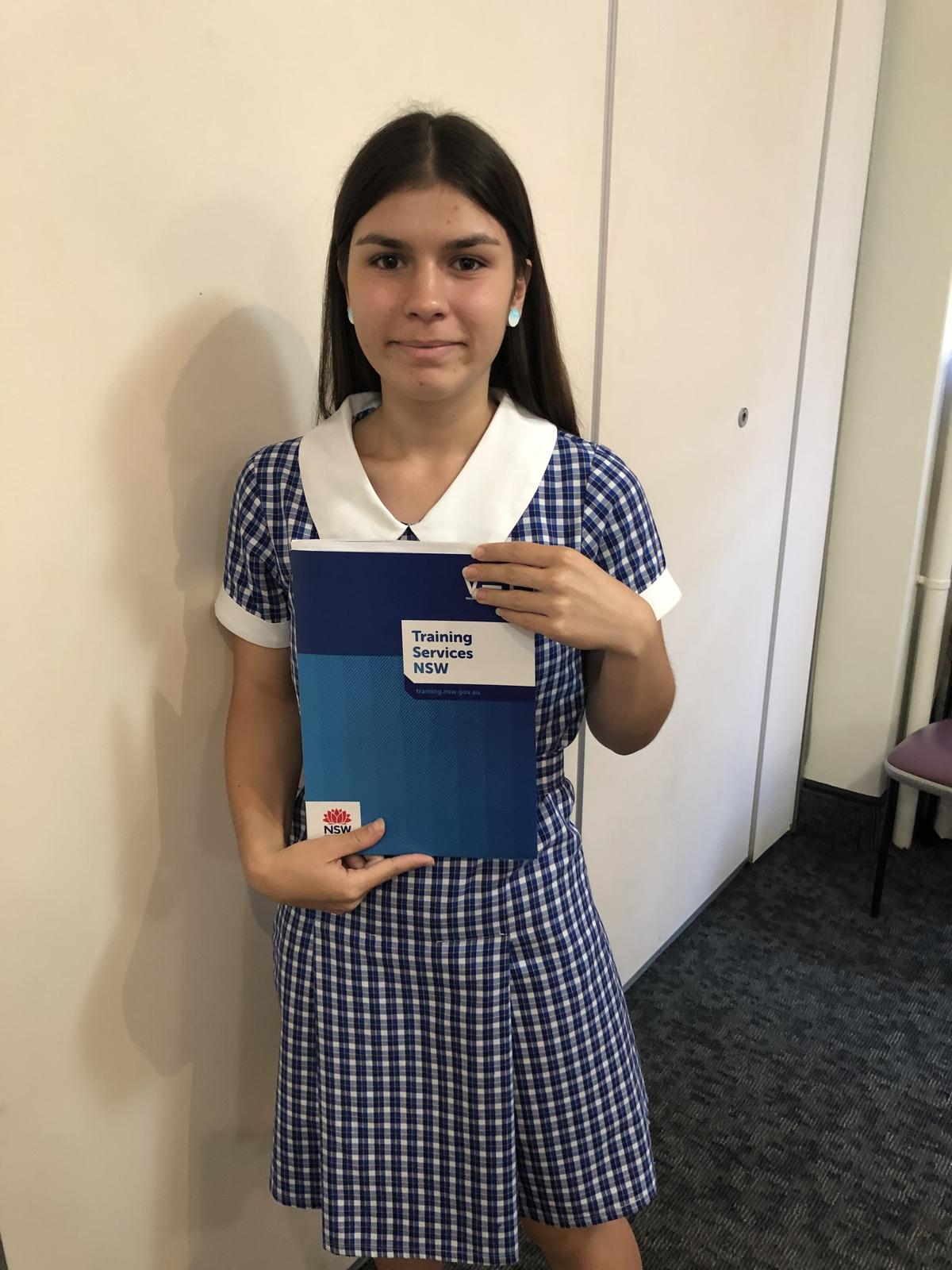Teaching and Learning

School Based Assessment
At the heart of all educational effort is the intention of student growth, development and improvement. Throughout 2018, the Teaching and Learning Team reviewed our school-based assessment practices. Prompted by the New South Wales Education Standards Authority (NESA), who introduced new school-based assessment requirements in Stage 6 - capping the maximum number of formal assessment tasks to three in Year 11 and four in Year 12. Our Stage 6 Assessment Schedules, Policies and Procedures are published for students at the beginning of each year and a copy is made available on our website.
There are different requirements for assessment in Stage 4 and 5 (Year 7-10). NESA define assessment as, ‘the broad name for the collection and evaluation of evidence of a student’s learning. It is integral to teaching and learning and has multiple purposes. Assessment can enhance student engagement and motivation, particularly when it incorporates interaction with teachers, other students and a range of resources’ (NESA, 2019).
Our review last year focused on the principles of effective assessment. We engaged literacy consultant Patricia Hipwell from Logonliteracy and participated in professional development offered by NESA. Our improvements to Stage 4 and Stage 5 assessment include, streamlined task notifications, the inclusion of essential vocabulary and a scaffolded approach so that students are better able to complete tasks independently. Most students in Stage 4 and 5 will have three to four formal tasks for each subject throughout the year, including examinations.
In each Key Learning Area, we’ve analysed our practice and made some improvements to ensure that all assessment tasks explicitly align to syllabus outcomes and the key skills required of each task strategically integrated into our teaching and learning programs. What happens in the classroom lays the foundation for all assessment.
One of our key concerns was the increasing view that the only thing that ‘counts’ is assessment tasks. Publishing Junior Assessment Schedules, as we do in Stage 6, is not a NESA requirement. Patricia Hipwell (Hipwell, 2012) wisely counselled us, “if you’re going to test it, then you’re going to teach it!” Our daily learning is about developing skills and knowledge so that students can perform their best on any task, at any time.
Geoff Masters is an expert in the field of educational measurement. He argues, “Assessment, rather than being simply a process of judging how well students have learnt what they have just been taught, is best conceptualised as the process of establishing where students are in their long-term learning and what progress they are making over time, usually in terms of their developing knowledge, skills and understandings. The fundamental purpose of assessment is to establish where learners are in their learning at the time of assessment” (Masters, 2013).
Over the past few years, I have encountered very well intentioned parents who seek to clarify when, ‘there are no assessments on?’ The answer to this is every day students are assessed. Every day, teachers are making decisions about what each student needs next, in order to further their learning. Every day at school counts. It is important to be learning in every lesson, practising skills and deepening understanding.
Consequently this year and beyond, Junior Assessment Schedules will not be published on the McCarthy website. Access to our Assessment Policy and Guidelines for school-based assessment will still be available. Students will continue to be issued a task notification indicating when a formal task is being held for each subject. I would strongly encourage all students to utilise their Google Calendars as an effective organisation tool, to place the due dates of all activities, homework and tasks onto their calendar. Parents can be ‘shared in’ to access this calendar by their child. Many teachers publish the Assessment Notifications on Google Classrooms as well as handing out a printed copy. I sincerely hope that as a community, our understanding of the role and purpose of assessment be unified, so that we can continue to promote a learning culture.
References:
Masters, G. (2013). Reforming education assessment: Imperatives, principles and challenges. Australian Education Review(No. 57), pp. 1-77. Retrieved from http://research.acer.edu.au/aer/12/
NESA. (2019, February). New South Wales Education Standards Authority. Retrieved from New South Wales Education Standards Authority: https://educationstandards.nsw.edu.au
Hipwell, P. (2012). How to write what you want to say : a guide for those students who know what they want to say but can't find the words. Brisbane: logonliteracy.
School Based Apprentices and Trainees
Congratulations to the following students on being signed up by their employers this week:
Callum Walsh - Automotive for Stockmaster
Callum Honeyman - Automotive for Glen Artley
Chelsea Shaw - Nursing, Hunter New England Health, Quirindi.
SBATs provide an excellent opportunity for students to explore their pathways and have on the job training as they study for their HSC. In Term 2, Mrs Kellahan and I will be hosting an information evening for current Year 9 and 10 students to learn more about this pathway.
Study Skills Tips
Just like many people set new year’s resolutions, it is a great idea to set some clear targets for school this year. Here’s what you do.
Brainstorm ideas on what you could do this year at school or at home to improve your learning, to make yourself more effective or to improve your results this year. Let all the ideas flow unrestricted. Ask your parents and family and friends for ideas. It might be things like ‘do study notes at the end of each topic’, or ‘work in half hour blocks with no social media during that time’. Once you have lots of ideas, it is time to focus. Cross out the ones that aren’t that great – there will be a few. Now read through what is left. Choose the top 3 ideas that if you implemented them would make the biggest difference for you. But no point just circling these, you need to take action!
- Write the 3 things you are going to try and do and focus on this year on a big piece of paper or whiteboard and place it somewhere in the house where you will see it every day – like your mirror! Or the fridge! Or the toilet!
- Tell at least 3 people what you are aiming to achieve this year. Maybe a friend, a family member and a teacher.
- Put reminders in as many places as possible, if you have an iPhone you could create a reminder that pops up each week. Write it in your school diary, in your books.
- Aim to have a regular time each week where you assess how you are going with these actions.
- At the end of the term, think about how you are going. If you have them under control, what else could you try. If they are not under control, what could you do differently?
Mrs Raelene Maxworthy - Leader of Teaching and Learning



